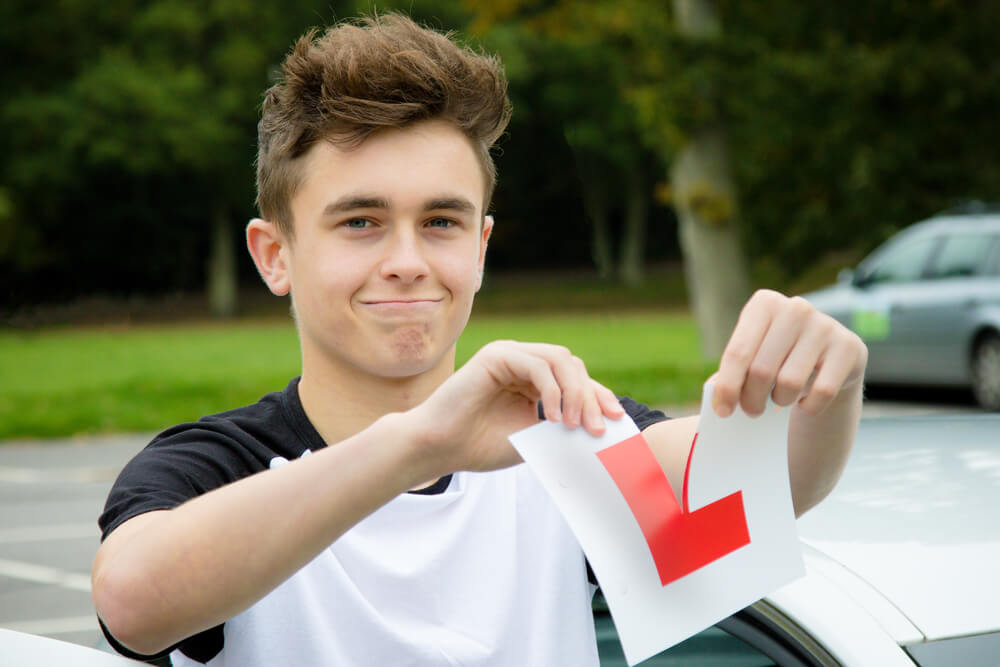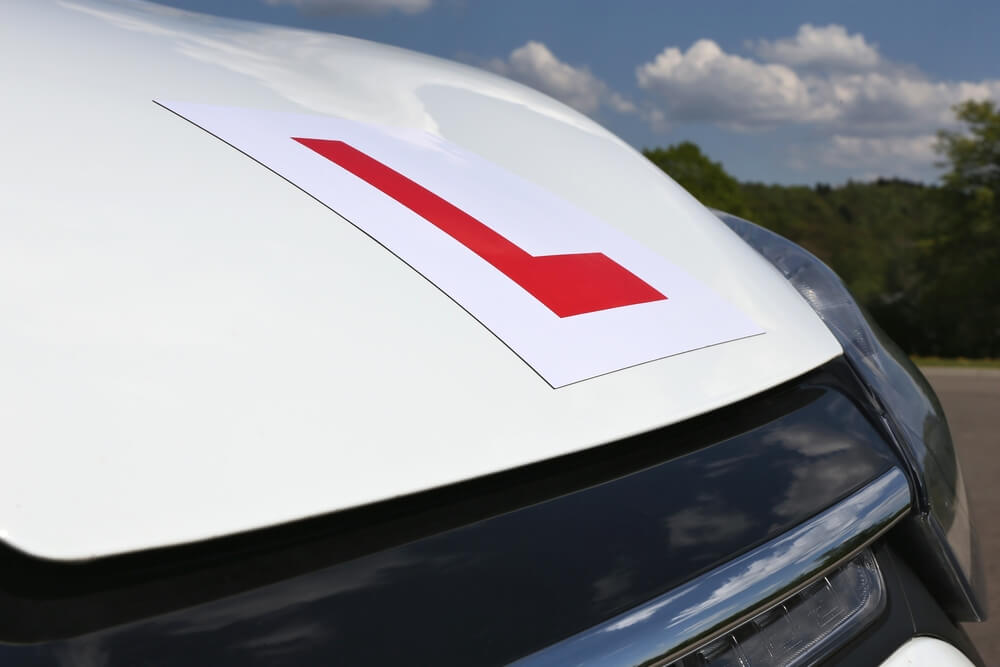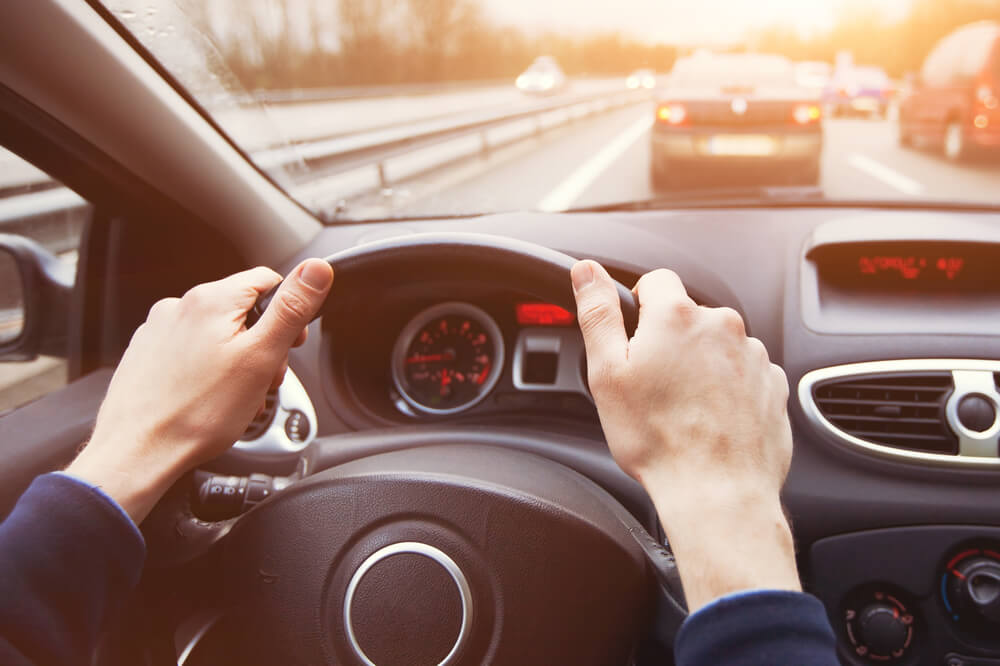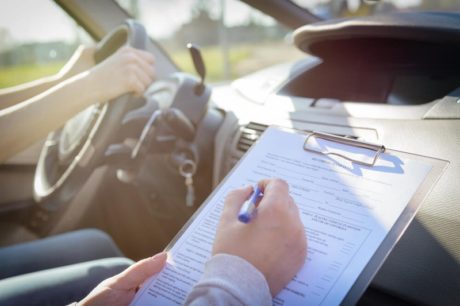
The Office Safety Training: A Beginner’s Guide
In today’s corporate world, people spend most of their time and energy in the office. As a result, people need

Having a driving license is a symbol of freedom for many. However, the driving test can be a daunting prospect. And it is especially scary if you are a first-timer. The process of obtaining the license can be complicated. You have to take lessons to prepare for both the theoretical and practical parts of the driving test. However, with proper guidance, you can easily get the license to your freedom.
This article is here to get you started on the right track to pass your driving test in no time. So, we are here to give you all the information and secret tips you could probably need for getting the license. So let’s get started.
Passing your driving test is worth doing. And you will definitely need a good instructor with tons of practice to do so. However, a few handy hints could speed up the process for you to get that coveted license. So, here’s our 14 expert tips to help you succeed on your big day.
1. Apply for a Provisional License
2. Practice Right Amount of Driving Lessons
3. Have Patience & Don’t Rush
4. Be on Time at the Centre
5. Take a Driving Lesson Beforehand
6. Revise The Highway Code
7. Take Your Instructor’s Car
8. Check Your Mirrors
9. Hands on the Steering Wheel
10 Ask Questions If Necessary
11. “Show Me, Tell Me” Questions
12. Get Familiar with Your Driving Test Routes
13. Understand the Major and Minor Mistakes
14. Practical Manoeuvres
These 14 tips on how to pass driving text in the UK are described below.
If you are on the road to getting a full license, you have to apply for a provisional license first. The provisional license allows you to take to the road under instruction. You can apply for a provisional license if you are on the verge of turning 16 soon. However, you can’t take any driving lessons until you turn 17. It will cost you £34 to £42, depending on whether you are applying via online or through the post.
However, if you are in Northern Ireland, you have to apply for the licence via post. And it will cost you around £62.50. Additionally, you have to be able to read a license plate from 20 meters away to be eligible for application. Also, you have to provide proof of address and proof of ID, such as your passport.
As soon as you turn 17, it’s time for you to choose a professional driving instructor and get started on those lessons. Choosing an instructor or driving school can be as difficult a process as passing the driving test. Professional instructors know the test procedure inside out. And they can teach you even the smallest details you need to be careful about while driving.

Remember to make sure the instructor is approved by the Driver and Vehicle Standard Agency (DVSA). Then, check the database to find out the approved list of instructors and schools near you. Once you are set with the instructor, it’s time for you to get the right amount of lessons.
Since everybody learns at a different pace, you have to decide for yourself how many lessons will help you pass. However, the Driver and Vehicle Standards Agency (DVSA) suggests getting a minimum of 47 hours of lessons. That means anywhere between 20 – 30 lessons is recommended if you consider per session to be of 2 hours duration.
We also recommend that you practice outside of your regular lessons. You can ask the help of a friend or family member. But they must have had the license in the UK for at least 3 years. This way, you can take out insurance on their car and practice under their supervision in your free time.
The first step in passing a driving test is to make sure you are ready to take the test. Never rush the process if you are not ready. Some people have a natural aptitude for picking up driving faster than others. And if you are not one of them, do not waste the money on a failed test.
Moreover, rushing through lessons only to come undone on the day of the test will be bad for your morale. So, take your time and practice as much as humanly possible before you book a slot for a driving test.
An obvious way to start off on the right foot is to turn up at the centre on time. Always try to make sure you reach 10 – 20 minutes early at your test centre. And this will give you enough time to deal with the pre jitters and calm down your nerves. Moreover, you won’t have to wait around for too long.
In contrast, turning up late will make you flustered, and you might end up missing the test entirely. Also, make certain that you get a good night’s sleep to avoid all the unnecessary stress and anxiety.
Try to fit in one final lesson on the day of your driving test if possible. It will help you to go over any manoeuvres and ask for clarification for any last-minute questions you might have. Moreover, a lesson before the final driving test can help calm your nerves down and put you in the right frame of mind.
Think of it as a warm-up session! Also, we recommend that you receive at least two hours of driving lessons every week right after you decide on a test date.
It is crucial that you keep topping up your knowledge of the highway code. And continuously keep learning until you are finally ready to take the driving test. Revising the highway code will make you familiar with all possible road signs, speed limits, lane markings and junction layout.

That way, you will feel more at ease during the final driving test and won’t get confused. Moreover, the knowledge will remain useful long after you have passed the driving test.
Make sure to take your driving test in a car that you know well and feel comfortable in. Moreover, using your instructor’s car will definitely give you an advantage. It will be advantageous in the newly changed “show me, tell me” section of the practical driving test.

And the car will definitely be up to the examiner’s standard. For instance, a professional instructor’s car has additional mirrors, just like the final test cars. In addition, some other features of the car precisely tell you when and how to activate controls such as fog lights or air-con.
Often, the car comes with dual controls. Instructors have their own clutch and brake pedals in the passenger footwell. It lets the instructor take over control if you need it at any point.
When you step into the car, you must adjust the mirrors. If you fail to do that before starting the car engine, the driving instructor will note it down. And we all know, inadequate observation is one of the most common reasons for failing a driving test. And there are a couple of techniques you can adapt to become safe from being marked down by the instructor.

First, always make sure you check the mirrors before changing lanes. Do it, no matter how small the change of direction is. Because checking your mirror helps you avoid any obstructions. For extra help, try checking your mirrors in pairs. For instance, check your centre mirror and your left door mirror before turning left.
One other tip you should know about is to always check your mirrors when entering a new road. When you check all three mirrors, you can make sure that there are no following vehicles about to overtake you.
You are likely to fail your driving test if you demonstrate a lack of control while steering. Sometimes, it feels comfortable to cross your hands on the steering while turning a corner. However, we advise you not to do it on the driving test. Instead, maintain the recommended hand position of 10:10 or 9:15 while turning a corner. Or else, you might lose control of your car and hit a pothole if you cross your hands on the steering wheel.

Some other examples of faults caused by poor steering include touching the curb when turning left, going over the centre line when turning right etc. Moreover, unnecessary lurching from left to right and taking both hands off the wheel are some other examples.
Always make sure that you have at least one hand on the steering wheels while steering. And you should never let the steering wheel be back in the centre position by itself. You can instead feed the wheel back through both hands using the push and pull technique.
Ask enough questions to your instructor or examiner. It could make a difference between passing or failing your driving test. In addition, ask for clarification when you have trouble understanding or hearing an instruction properly.
Remember, you are asking because you care about your driving test results, and your examiner will understand that. And they won’t flag you down for doing so. On the other hand, you are to blame yourself if you fail for something you could have easily checked in with the examiner. So stay calm because panicking will only make you lose focus and slip up.
Practice the “show me, tell me” questions to get out of the block early on your driving test. It is a part of the practical driving test, and the examiner will only ask you one show me and one tell me question. However, it is better to memorise all the 21 questions and answers. It will give you an advantage as you can answer any one of the questions which crop up.
There are 7 “show me” questions and 14 “tell me questions. The examiner will first ask you a “tell me” question at the beginning of your test. And while you are driving, they are gonna ask you the “show me” question. The nature of questions will rely on the basic knowledge of your car functions. And the aim of asking is to make sure that you are learning properly.
For show me questions, the instructor might ask you to show how you’d switch on your dipped headlights or how to operate the horn. Subsequently, they might ask you how to check if the engine has sufficient oil or the engine has sufficient coolant or not. And these will be for your “tell me” questions section.
Familiarising yourself with the area around test centres is a great way to prepare yourself for the test. For example, driving test centres that are located in congested areas have a lot of roundabouts. And it adds up to be one of the reasons why those test centres have a lower passing rate. So, try to take the test somewhere with higher pass rates by comparing the results of local test centres.

Next, you have to make yourself familiar with all the manoeuvres. For instance, learn about the awkward car park exit or difficult roundabouts in that area. Selecting your test centre in advance gives you the advantage to get to know your test routes. You will be prepared to tackle the hazards and traffic you face on the big day in that area.
However, make sure you have practised on a variety of roads. Get familiar with major and minor roads, country lanes and dual carriageways. And it is very important if you want to avoid any nasty surprises on the day of your driving test.
In addition, make sure you have practised driving in different weather conditions. While you hope to take the test in dry and sunny weather, you should also get out on the road when it’s dark and foggy. It will boost your confidence, even if the weather takes a turn for the worse on your big day.
The examiner will assess your driving test results based on the faulty decision you make against set criteria. And the faults will be flagged as either major or minor. Major faults are serious and can potentially risk lives, while minor ones are sometimes unnoticeable.
Major faults can be categorised into serious and dangerous faults. For example, if you’re driving endangers vehicles, passers-by and public property, it will be a dangerous fault. Then the examiner will fail you in the driving test and stop you immediately.

In contrast, you can pass your driving test with less than or equal to 15 minors and no serious faults. For instance, if you don’t signal on the road despite it being completely empty, it will be considered a minor fault. Also, if you fail to correctly answer the “show me, tell me” questions, it will cost you one minor fault.
Do not get distracted if you commit a minor fault, and focus on the big picture. Unfortunately, only a small percentage of candidates pass the driving test without any minor fault. So, don’t drop your head and dwell on the error when you make a mistake.
For learning more about safe driving practices, Compliance Central is here to guide you with a Driving Safety Compliance online course. The course is designed to help learners revise and pass their driving test. The useful course resources will teach you how to avoid accidents and help you assess your own driving behaviours.
The driving examiner will ask you to perform certain manoeuvres during the test. It is a common area for drivers to fail in manoeuvres because most fail to practice them enough. Consequently, the examiner might ask you to pull over or pull away from the side of the road, including normal stops. You also have to know how to pull out from behind a parked vehicle. In addition, the examiner might ask you to carry out an emergency stop.
Some other manoeuvres include three-point turns, reversing around a corner along with bay and parallel parking. And for many, parallel parking is one of the most difficult manoeuvres. However, it is the most commonly tested in the UK’s driving test. But many drivers go to great lengths to avoid parallel parking and don’t do it unless they absolutely have to. So, it is important that you practice these manoeuvres in the area around your test centres. And practice is the only way to master the art of parallel parking.
Moreover, the instructor might ask you to show the drive-in and reverse out, or the reverse in and drive out technique. So, you have to be prepared to tackle any and all challenges you might face on the test.
The driving theory test in the UK is the 16th hardest theory test in the world. You need 86% of the total score to pass the theory test. Moreover, you need to pass both the practical and theory parts together in order to pass the driving test as a whole and get your license.
So, here are some expert tips that will help you pass your theory test on the very first try.
1. Revise previous theory test questions to get an understanding of what kind of questions come on the test.
2. Reflective studs, stopping distances, essential documents, emergency vehicles and safety in your vehicle are some important topics to cover. Make sure you recap these difficult topics.
3. Before you sit for the final test, pass at least 5 mock theory tests consecutively. And always make sure you have 5 minutes to spare at the end to skim through your answers before submission.
4. Flag down any difficult theory questions you see and revisit them at the end. Do not dwindle on a question for too long.
5. You should spend 1 minute per average on every question and recheck the answers to make sure you marked the right one.
The theoretical part of your driving test is made up of two sections; multiple-choice questions and hazard perception tests. You have to pass both parts in order to get the test certificates. You will be using a computer to record your responses for both sections.
The nature of the question will vary as per the category of driving license. For instance, if you want a license for driving LGV or PCV vehicles, your question will be different than that of a car driver. Regardless, the general structure will be the same for every category.
You will get 50 questions in the MCQ pattern. And you need to get at least 43 of them right to pass the test. To get an idea about the layout of the test, you can take a practice session before the real one begins.
Sometimes, you might have to choose more than one option for correct answers. On top of that, some questions will be presented in the form of a case study. And these questions will focus on real life situations that you might come across while driving.
In this section, the test will have a short video tutorial containing 14 clips. And based on the video, you will have to answer the questions about developing hazards. The pass mark in this section of the theory test is 44 out of 75. Whenever you see a developing hazard, you have to click on the mouse. And a maximum score of 5 points will be assigned to you for each correct answer.
Check out the government website for more information on the theory test, and more updates on the most recent changes.
Whether you pass or fail, your examiner will give you some good advice at the end of your driving test. So make sure you listen in very carefully! Pick the date of your driving test after consulting with your instructor.
And if your instructor thinks you are ready, then go and sign yourself up. In the UK, the standard of driving tests is pretty high. So, make sure you get tons of practice and reading done before taking the big leap.

In today’s corporate world, people spend most of their time and energy in the office. As a result, people need

Having a driving license is a symbol of freedom for many. However, the driving test can be a daunting prospect.

Have you ever wondered what might happen during a sudden accident at your workplace? Or have you imagined if you’d

0 responses on "How to Pass Driving Test in the UK? A Beginners Guide"